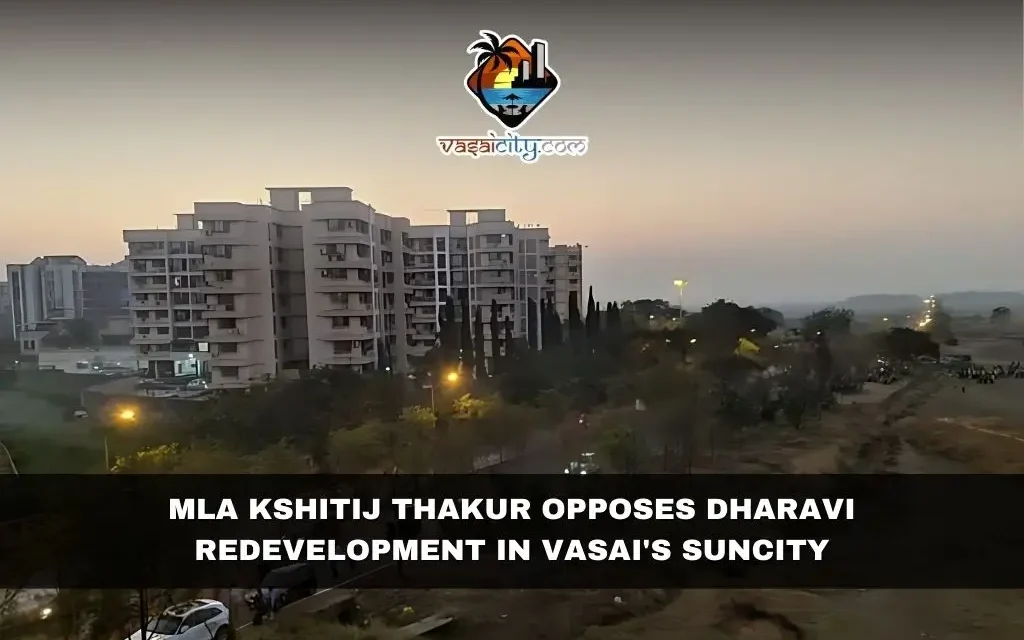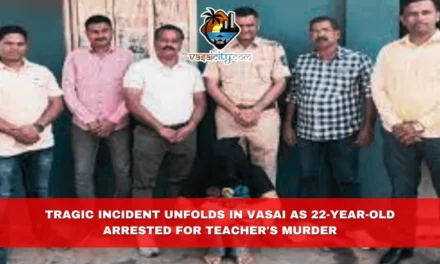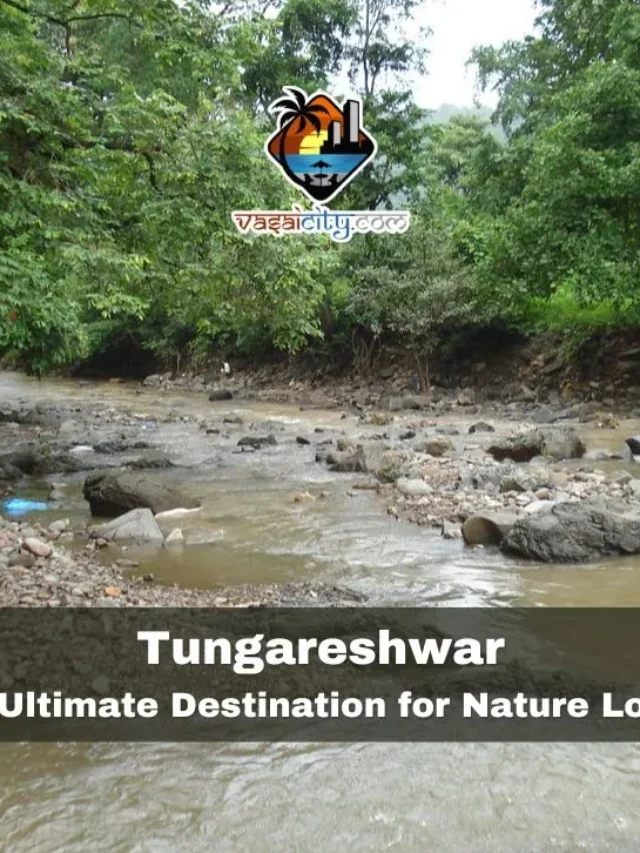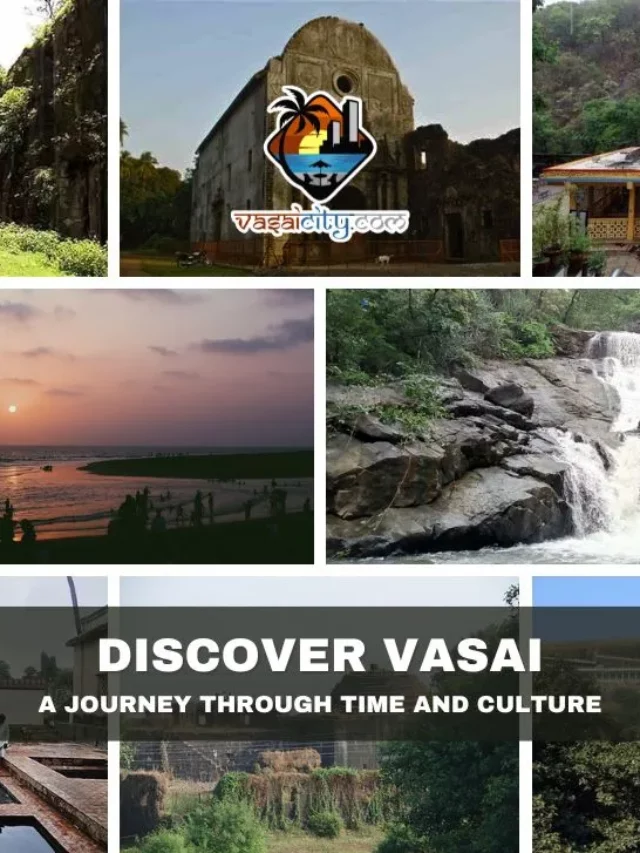In a recent controversy, MLA Kshitij Thakur has raised concerns about a potential move by the central government to utilize 1500 acres of salt pan land in Vasai’s Suncity area to resettle displaced residents from Dharavi, one of Asia’s largest slums in Mumbai. The MLA has voiced his opposition, arguing that this resettlement plan would disrupt Vasai’s development and the local population’s needs.
Located in Vasai West, Suncity is an area known for its scenic salt pans. This land, initially leased to Gogte Salt Company by the Maharashtra government, was originally meant for salt production and possibly chemical projects. However, over the years, plans to set up chemical factories did not materialize, nor were local jobs created as promised. The Gogte Salt lease was extended multiple times, but it ultimately expired in 2014. Now, MLA Thakur claims that the central government is seeking to reclaim this land for a completely different purpose: relocating Dharavi residents deemed ineligible for new housing within Mumbai’s redevelopment project.
The Dharavi redevelopment, an ambitious project managed by the Adani Group, aims to transform the slum area with modern housing, infrastructure, and amenities. Spread over seven years, this project will provide housing for eligible residents directly in Dharavi, but it leaves a significant number of households ineligible for in-place resettlement. To address this, Thakur alleges, the government is eyeing Vasai’s salt pan land as an alternative resettlement site for these ineligible families.
Thakur, representing Nalasopara in the Maharashtra Legislative Assembly, has been vocal about his disapproval of the plan, asserting that it prioritizes the interests of private entities over the welfare of Vasai’s residents. According to Thakur, using Vasai’s land for resettling Dharavi residents would lead to severe consequences for the town’s development, upsetting its planning and overcrowding local resources. He has warned that any attempt to implement this plan will be met with strong opposition from local representatives and residents alike. “We will not let Vasai become another Dharavi,” Thakur declared, underscoring the determination to safeguard Vasai’s future.
MLA Thakur argues that, rather than accommodating a resettlement project, the salt pan area could be better utilized to benefit Vasai’s local population. He has previously proposed ideas to transform this land into a commercial hub, similar to the Bandra-Kurla Complex (BKC) in Mumbai. His vision for this land includes a combination of healthcare and educational facilities, sports complexes, and information technology (IT) parks, which he believes would stimulate economic growth in Vasai and create jobs for the community. This proposal, he emphasizes, would align more closely with Vasai’s urban planning and benefit the local residents who have seen little in terms of new infrastructure or economic opportunities.
According to Thakur, he has repeatedly raised these suggestions with the government, urging them to consider alternative ways to develop the salt pan land rather than using it for resettlement purposes. He has proposed that this land should be handed over to the Vasai-Virar Municipal Corporation, which could then develop the area for local needs. “Let’s build a medical college, hospitals, sports stadiums, and IT parks here,” Thakur suggested, highlighting the area’s potential to become a thriving center for education, healthcare, and business.
At present, no formal proposal has been filed to resettle Dharavi residents on this specific plot of land in Vasai’s Suncity area. According to senior officials at the Mumbai Metropolitan Region Development Authority (MMRDA), there is no plan in place to move Dharavi’s displaced residents to Vasai. Instead, alternative resettlement locations, such as Bhandup, Mulund, and Malvani, are being explored within Mumbai itself. However, Thakur remains skeptical, believing that there may be plans underway at the central government level to acquire this land for future resettlement purposes.
Thakur’s fears center around a potential loss of control over a large area of land that he believes should be reserved for the direct benefit of the people of Vasai. He warns that if the land is used for resettling residents from Mumbai, it would not only overcrowd Vasai but could also drive up costs and strain the infrastructure of the town. This issue, he asserts, goes beyond politics and is about protecting Vasai’s development and ensuring a balanced approach to urban expansion.
The Dharavi redevelopment project itself is a massive endeavor with its own share of challenges. Known for its labyrinth of small homes, narrow lanes, and small-scale industries, Dharavi has long been a symbol of both resilience and neglect. It is home to a significant population of Mumbai’s working class, who have struggled with poor living conditions for decades. The redevelopment project aims to replace these cramped, informal structures with modern residential buildings, providing families with improved living spaces. However, not all Dharavi residents are eligible for relocation within the project, leading to the need for alternative resettlement sites.
In response to Thakur’s claims, the Adani Group has not made any statements regarding potential resettlement locations outside of Mumbai. However, some local representatives and advocacy groups have echoed Thakur’s concerns about relocating large numbers of people from Mumbai’s inner-city areas to suburban locations without adequate infrastructure or planning. They argue that such resettlement could disrupt the lives of both the relocated residents and the existing communities in these new locations.
In light of the ongoing debate, Thakur calls for transparency and open dialogue with residents regarding any plans that might impact Vasai’s future. He believes that with proper planning, Vasai’s land could serve as a long-term asset for its residents, fostering job creation and economic growth. “Let’s make Vasai a place where people want to live and work,” he said, calling on the government to reconsider any plans to use the salt pan land for Dharavi’s resettlement.
As of now, the future of the salt pan land in Vasai remains uncertain, with local leaders like Thakur pushing back against potential government plans. Whether the central and state governments will heed his suggestions and choose to develop this land for local projects instead of resettlement remains to be seen. Meanwhile, residents of Vasai and surrounding areas watch closely, aware that the decisions made now could shape the future of their community for generations to come.














